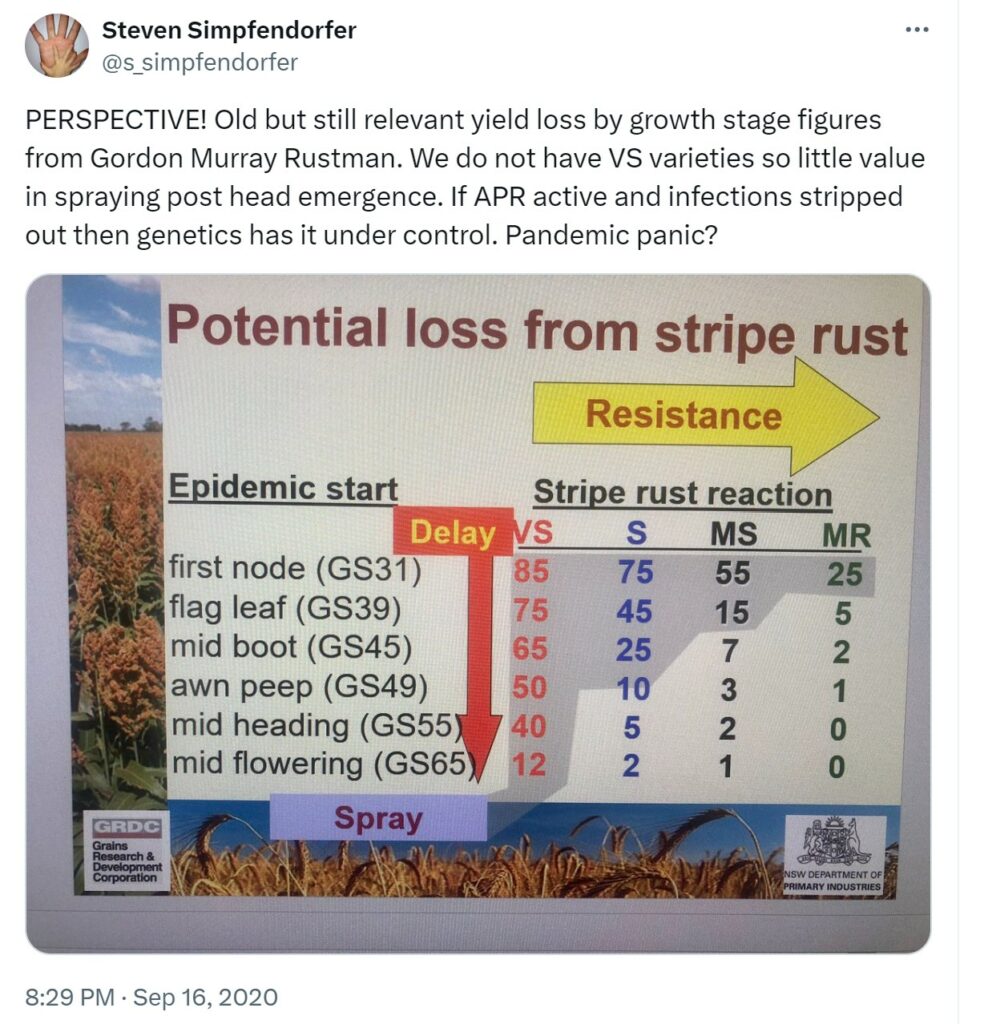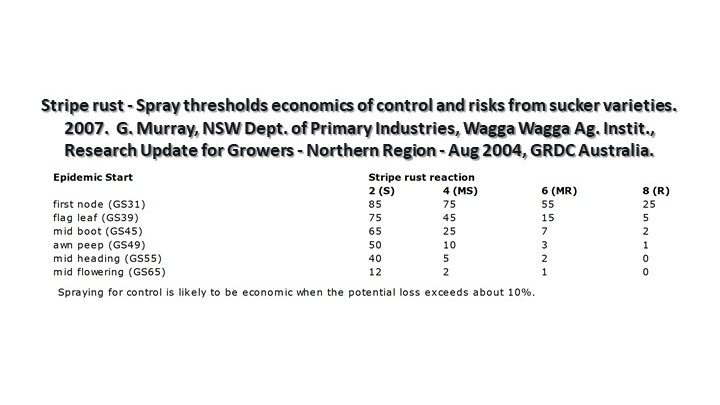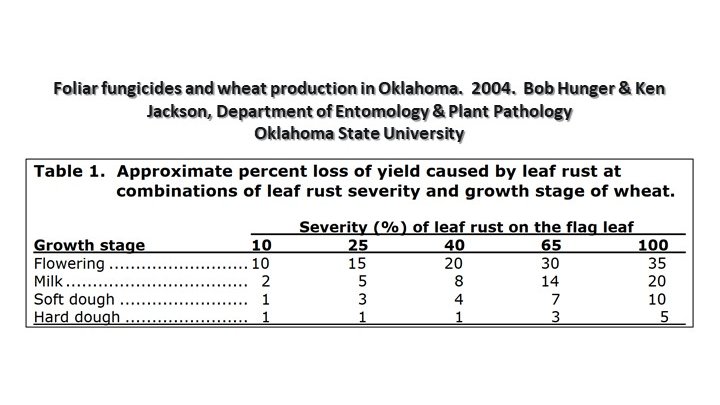There are further reports of rusts in Manitoba as of Monday and also in Alberta. Elsa Reimer and Dr. Brent McCallum, rust pathologists at AAFC Morden reported rust from various MCVET regional variety trials in Manitoba from July 8-9, 2024. These were all from natural sources of inoculum. Observations were as follows:
- Stripe and leaf rust were observed in 1-2 plots at Carberry (Municipality of North Cypress)
- Stripe and leaf rust were observed in multiple plots and mainly at low levels at Carman (Rural Municipality of Dufferin)
- Stripe rust was observed in multiple plots and low to moderate levels at Portage La Prairie (Rural Municipality of Portage la Prairie)
- Mainly stripe and leaf rust were observed in multiple plots at Winnipeg at the University of Manitoba, although stem rust was observed in a few plots. Levels ranged from trace to low/moderate.
A special thanks to Elsa and Brent for their efforts and for sharing these observations! Brent is part of the PCDMN Phase 2 project.
Further reports of stripe rust are coming from Craig Shand (Chinook Agronomics Inc.
Co-owner/operator Shand Farms Ltd.) west of Highway 2 in south central Alberta, although some observations were east of Highway 2. Craig indicates stripe rust has been observed mostly in untreated fields of wheat, and it appears to be mainly in susceptible or moderately susceptible varieties. Thanks Craig for these valuable observations and for linking to @PCDMN!
In 2020, Dr. Steven Simpfendorfer, NSWDPI based in northern NSW Australia (Tamworth), had a great discussion regarding yield loss in wheat, spray timing and their interaction with stripe rust resistance level and the growth stage when rust appears. In addition, other information from Australia from Dr, G. Murray, NSWDPI, Wagga Wagga, provided perspectives in terms of wheat growth stage and yield losses, especially in very susceptible varieties. These discussions provide some useful food for thought for Prairie producers given the late arrival of stripe rust in many wheat fields in 2024. Note this topic was also covered by the PCDMN in previous tweets from July and September 2020.

Cereal plant pathologist with NSWDPI based at Tamworth in northern NSW Australia.

Stripe rust – Spray thresholds economics of control and risks from sucker varieties, Research Update for Growers – Northern Region – Aug 2004, GRDC Project* DAN 474. Dr. Gordon Murray NSW Department of Primary Industries Wagga Wagga Agricultural Institute. See also: Stripe rust: Understanding the disease in wheat, NSWDPI January 2005.
If rust only appears around head emergence or after then yield losses are greatly reduced, especially for varieties that are less susceptible to stripe rust. In general varieties rated as moderately resistant (MR) and (R) will likely not require fungicide application. Yield losses due to stripe rust will typically be much lower on these resistant varieties. However, shifts in stripe rust pathogen virulence can occur. Thus, spraying fungicide at later growth stages may not be needed for moderately resistant to resistant varieties. One must also look at other disease threats such as FHB & leaf spots (tan spot or the septoria. complex). The risk of these issues may still warrant a fungicide when rust levels are low. Collectively if the risk of all these issues is low then spraying is likely not needed.
When stripe rust arrives in your crop early (e.g. GS31), losses due to stripe rust in susceptible (S) and moderately susceptible (MS) varieties can exceed 70%. Potential losses decrease if stripe rust doesn’t appear until heading (5-40%) to mid flowering (2-12%) for S and MS varieties. Information on potential yield losses comes from G. Murray, NSW Dept. of Primary Industries, Wagga Wagga Ag. Inst., Research Update for Growers, 2004. The Australian info provides an approximation of the potential losses due to stripe rust in the Prairie region depending on variety and growth stage. The estimates are similar to those reported for leaf rust in the USA. Losses due to stripe rust are expected to be similar. Note the USA info is related to the amount of leaf rust on the flag leaf and its impact at different growth stages. Overall, the earlier the rust (leaf or stripe rust) arrives in your crop the greater the potential yield loss, especially for S or MS varieties.

Percentage yield loss due to leaf rust based on severity level on the flag leaf and growth stage or wheat. Drs. B. Hunger and K. Jackson, OSU, 2004. See also: Foliar Fungicides and Wheat Production in Oklahoma. Dr. B. Hunger, April 2019.
Research by K. Kumar and K. Xi, previously of the Field Crop Development Centre, Alberta Agriculture, Lacombe, in central Alberta illustrated the impact of stripe rust in spring wheat and barley. Yield losses ranged from 17.6 to 91% and were greatest for more susceptible varieties. Depending on the year, K. Kumar and K. Xi found that stripe rust appeared at either the late heading stage or just prior to flag leaf emergence. In general, yield losses of 4-21.8% occurred when stripe rust appeared at late heading versus 11-91.1% when it appeared at GS37 (i.e. emergence of the penultimate leaf). These are reflective of losses mentioned above for Australia.
Unfortunately, many spring wheat crops are well past flowering and may be at stages where fungicides are no longer recommended based on growth stage and/or pre-harvest interval (PHI). Pay close attention to labels for fungicides especially post-head emergence options in relation to timing, pre-harvest intervals and maximum residue limits. Consult your provincial guides to crop protection for more information (AB Guide, SK Guide, MB Guide).
In terms of growth stage application timings range from stem elongation to flag leaf emergence, while other key growth stages include heading, 75% head emergence, end of flowering. For some fungicides applications are recommended prior to or at the onset of disease symptoms, while for others fungicides should not be applied after 50 or 75% head emergence. Pre-harvest intervals range from 30 to 45 days. Consult your Provincial crop protection guides for information on growth stages and pre-harvest intervals, and be very mindful of MRLs for various fungicide products. Remember to “Keep It Clean“!
Consult previous PCDMN cereal rust risk updates and in-season reports for further information. Wheat growers in multiple Prairie locations where stripe rust (and some leaf rust) is being observed should be checking crops, especially late seeded fields. Based on label information (growth stage and pre-harvest intervals) in the Provincial guides to crop protection, some late seeded crops may still be candidates for fungicide application. Always follow Canadian label recommendations for fungicide application!
In general, foliar cereal diseases are typically favoured by moderate temperatures and the occurrence of frequent rainfall. Recent and forecast hot dry conditions on the Prairies may limit further development of stripe rust and its impact. However, local weather systems including thundershowers may increase risk. Moreover, stripe rust may potentially develop in crops that have heavy dews and where this moisture persists well into the late afternoon. See the “wet pants test” which has been mentioned for sclerotinia stem rot, but is also of relevance for cereal and pulse canopy diseases.

